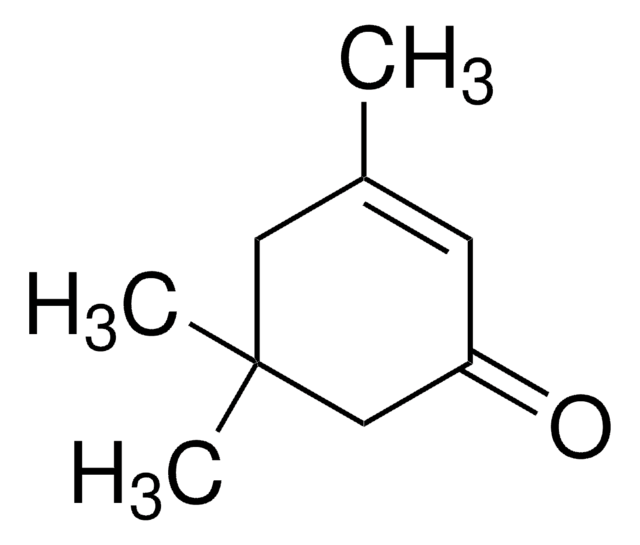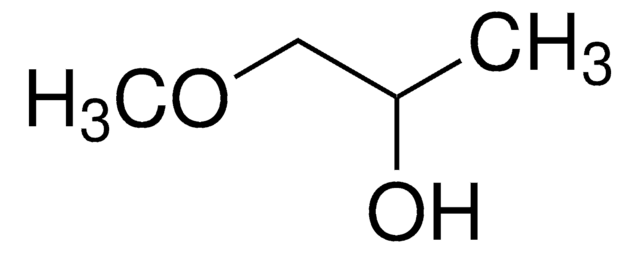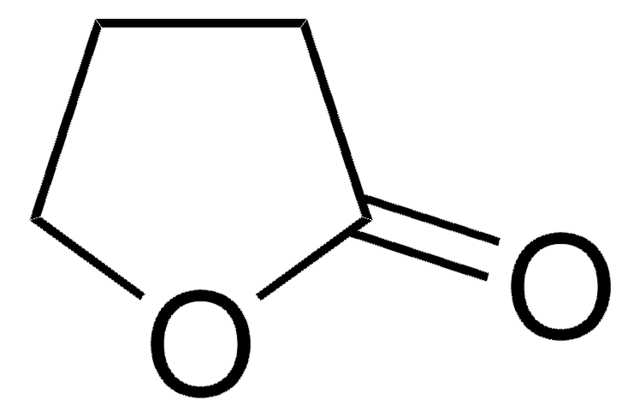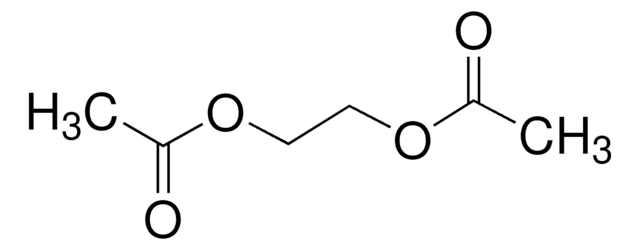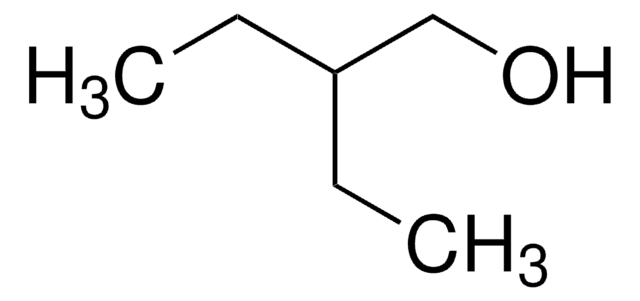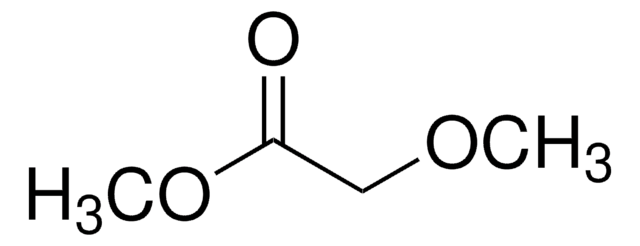About This Item
おすすめの製品
蒸気密度
4.6 (vs air)
品質水準
蒸気圧
2 mmHg ( 20 °C)
アッセイ
98%
フォーム
liquid
自己発火温度
715 °F
expl. lim.
13 %
テクニック
microbiological culture: suitable
屈折率
n20/D 1.403-1.409
n20/D 1.406 (lit.)
bp
156 °C (lit.)
mp
−61 °C (lit.)
溶解性
H2O: soluble about 6 parts
密度
0.975 g/mL at 25 °C (lit.)
官能基
ester
ether
SMILES記法
CCOCCOC(C)=O
InChI
1S/C6H12O3/c1-3-8-4-5-9-6(2)7/h3-5H2,1-2H3
InChI Key
SVONRAPFKPVNKG-UHFFFAOYSA-N
類似した製品をお探しですか? 訪問 製品比較ガイド
アプリケーション
法的情報
シグナルワード
Danger
危険有害性の分類
Acute Tox. 4 Dermal - Acute Tox. 4 Inhalation - Acute Tox. 4 Oral - Flam. Liq. 3 - Repr. 1B
保管分類コード
3 - Flammable liquids
WGK
WGK 2
引火点(°F)
129.2 °F - closed cup
引火点(℃)
54 °C - closed cup
個人用保護具 (PPE)
Eyeshields, Faceshields, Gloves, type ABEK (EN14387) respirator filter
適用法令
試験研究用途を考慮した関連法令を主に挙げております。化学物質以外については、一部の情報のみ提供しています。 製品を安全かつ合法的に使用することは、使用者の義務です。最新情報により修正される場合があります。WEBの反映には時間を要することがあるため、適宜SDSをご参照ください。
PRTR
第一種指定化学物質
消防法
第4類:引火性液体
第二石油類
危険等級III
非水溶性液体
労働安全衛生法名称等を表示すべき危険物及び有害物
名称等を表示すべき危険物及び有害物
労働安全衛生法名称等を通知すべき危険物及び有害物
名称等を通知すべき危険物及び有害物
Jan Code
109967-4L:4548173230160
109967-1L:4548173230184
109967-2.5L:
109967-VAR:
109967-25L:
109967-25ML:4548173230177
109967-BULK:
109967-18L:4548173230153
この製品を見ている人はこちらもチェック
ライフサイエンス、有機合成、材料科学、クロマトグラフィー、分析など、あらゆる分野の研究に経験のあるメンバーがおります。.
製品に関するお問い合わせはこちら(テクニカルサービス)

